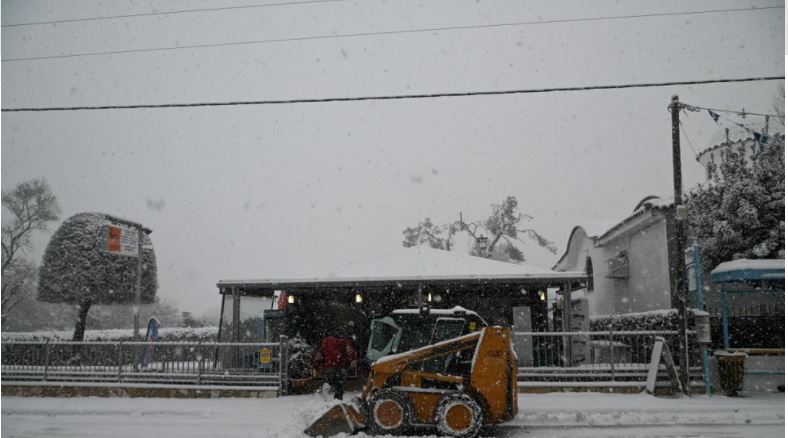In 1899, a writer for French newspaper Le Figaro surveyed the damage Parisians had done to the Bièvre, a river that for hundreds of years had snaked up through southern Paris, joining the Seine near the Jardin des Plantes. “It flows slowly, oily and black, streaked with acids, dotted with soapy and putrid pustules,” the writer observed. “In the sparse and sordid grass, peeled like the back of a worn-out horse, parasitic plants grow in abundance”.
The waterway, averaging 13 ft. in width, had featured in Renaissance poetry by François Rabelais and in Victor Hugo’s Les Misérables. But as the Industrial Revolution took off, masses of tanneries, dyers and laundries used and abused the Bièvre’s waters, leaving it resembling an open-air sewer, which authorities decided to pave over. “Tomorrow,” Le Figaro mourned as the 20th century approached, “this once ‘beautiful river’ … will be walled up and bewitched like a sorceress during the middle ages, and in this strange and desolate valley … a new district of tall and flaming buildings will rise”.
USA: Mother accuses teachers of manipulated child to change gender identity
Paris’ last stretch of the Bièvre was sealed up in 1912. Since then, a deep-rooted cultural fascination with the lost river has powered several heritage campaigns to reopen it. But none have succeeded: its waters no longer even run under the city, having been cut off at towns closer to its source, 13 miles southwest of Paris.







































